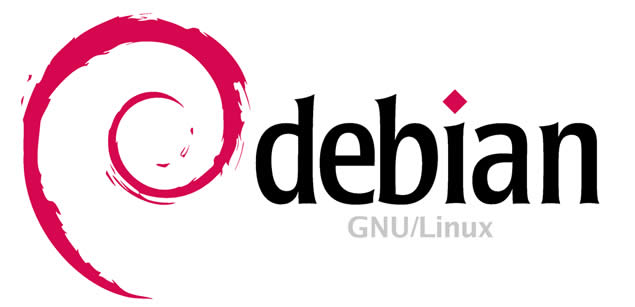Here we are, today as you probably know we'll talk about installing JDBC connector for MySql/Tomcat/Eclipse and the Arduino IDE (in the top picture you can see my abnormal ability to modify images in paint).
JDBC connector:
This will extract the connector jar into the /usr/share/java/ directory
For install the JDBC driver into Eclipse you'll need to make it visible to Eclipse in some way.
Some guide tell you to put the jar into the Java Build Path libraries of your project. But, probably for some conflict between the CLASSPATH environment variables, in my case this does not work. Maybe it work in a non web project, but in my case with dynamic web project with tomcat as web-server it not.
So I put the jar into the lib dir of the apache tomcat's installation dir.
Doing this and run your project both on Eclipse or in the browser, the jar will be retrieved from the lib dir of tomcat instead to be retrieved from the build path.
If in the future I set the build path properly I'll either modify this post or do one new post.
Arduino IDE:
As you can see in the official website, the Arduino IDE has been packaged.
So to install it you only need to type sudo apt-get install arduino into a terminal and voilà, your Arduino IDE is ready to be used.
You need only to type arduino in a terminal and it will be asked to insert your user to the dialout group.
Click Add and then type the password.
After you has been inserted into the dialout group you can finally use your Arduino IDE:
At this point I don't need anything else on my new dev-machine.
If I find any other problem and relative solution I'll do another post.
See ya.
Ygy Freezone















